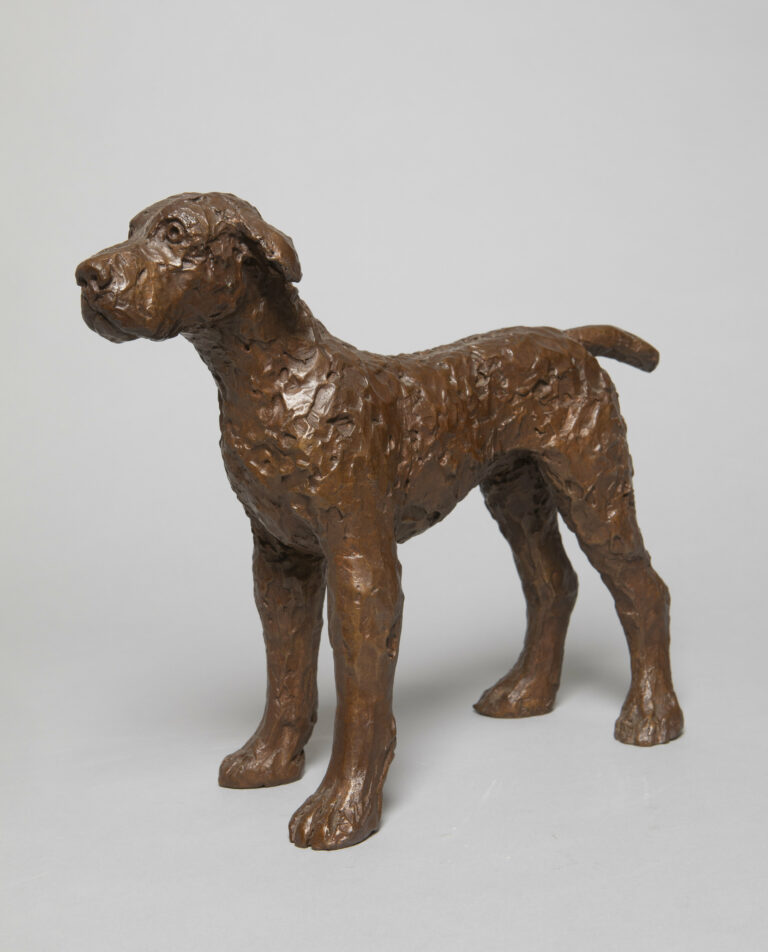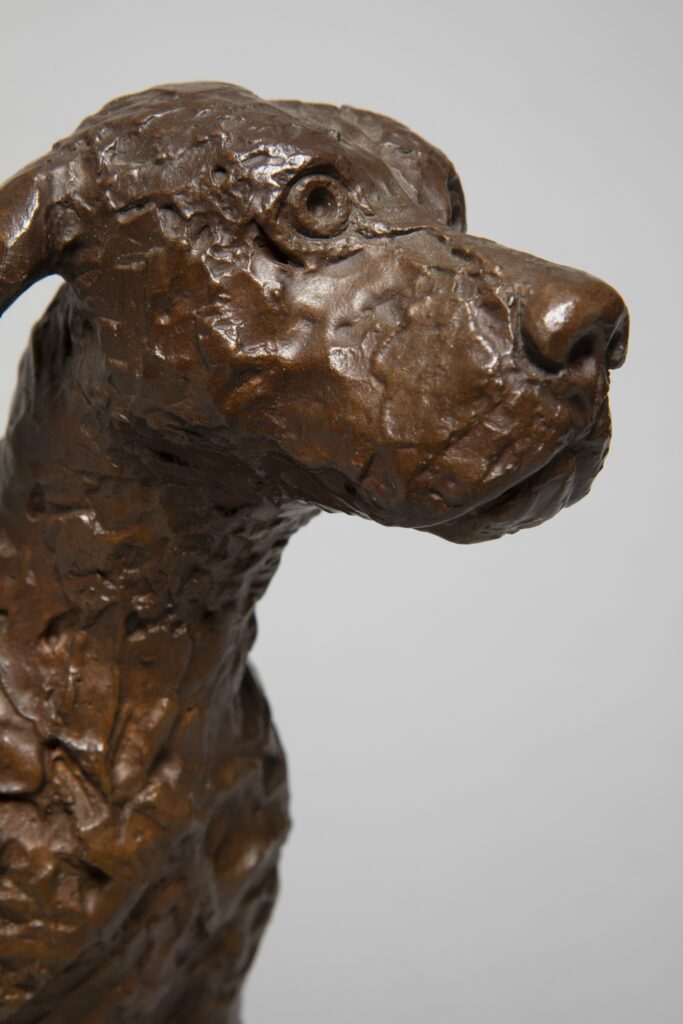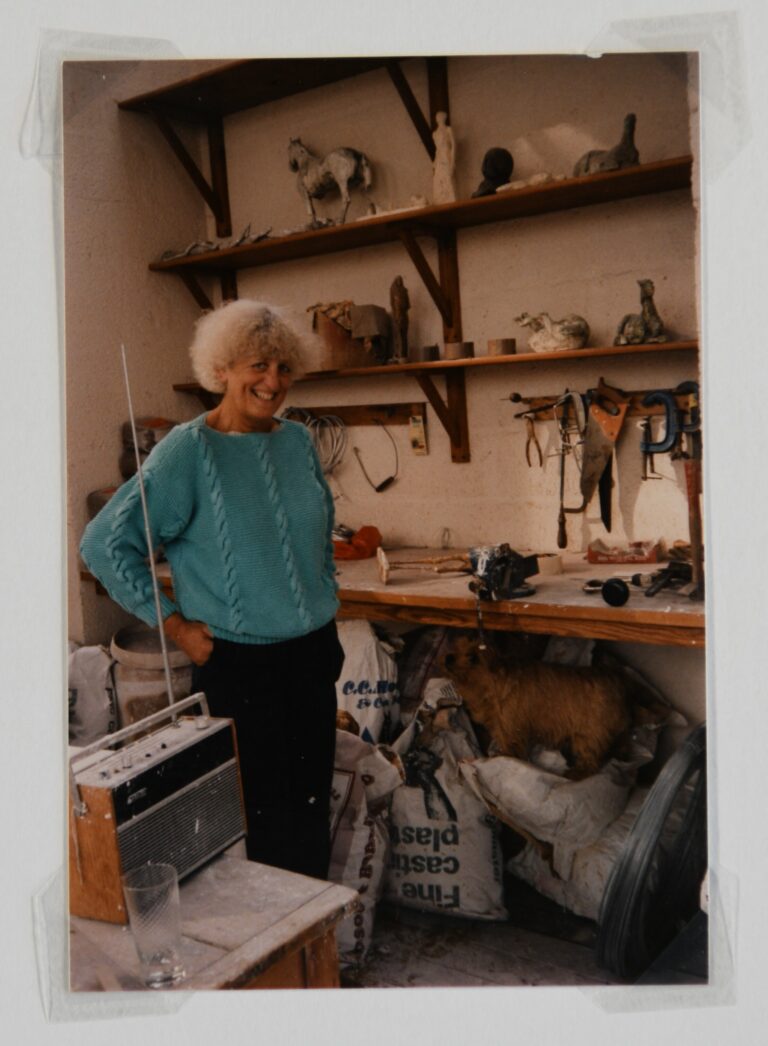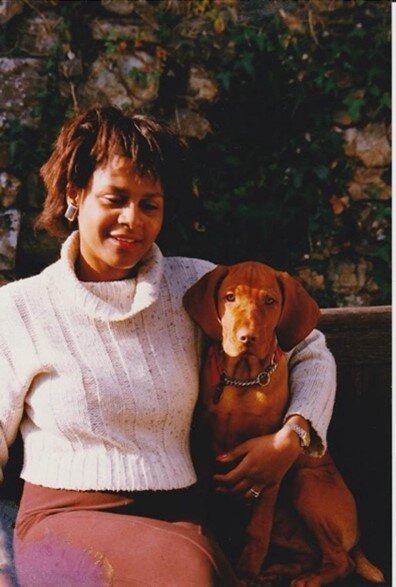Small Standing Dog by Elisabeth Frink
A small dog exploring big ideas
From: Dorset Museum & Art Gallery
Small Standing Dog by Elisabeth Frink. Bronze, edition of 8, 1991. Cast from a plaster maquette with process of patination applied to achieve the terracotta colour. Provided to Dorset Museum in accordance with the wishes of the artist’s late son, Lin Jammet, 2020.





